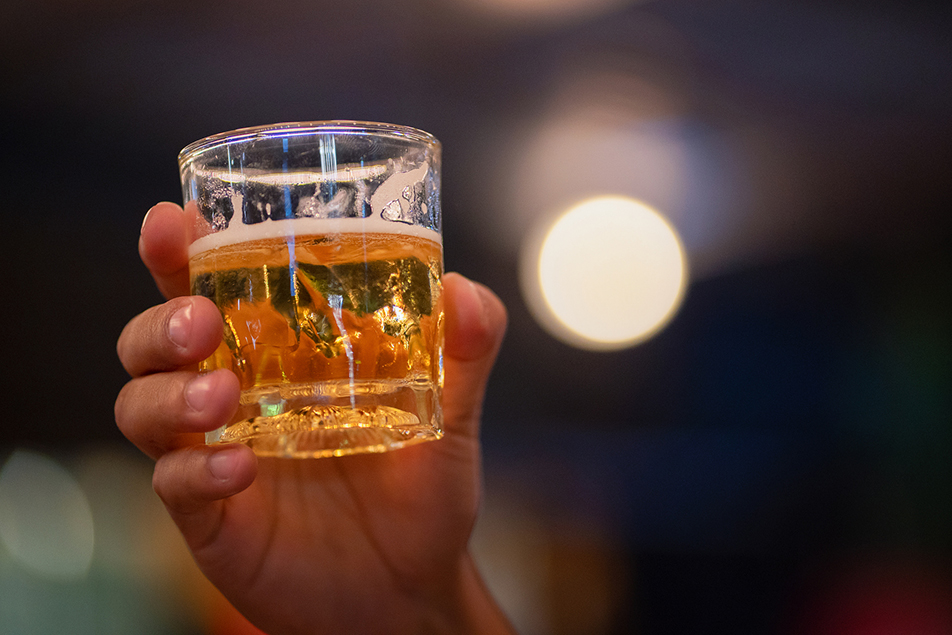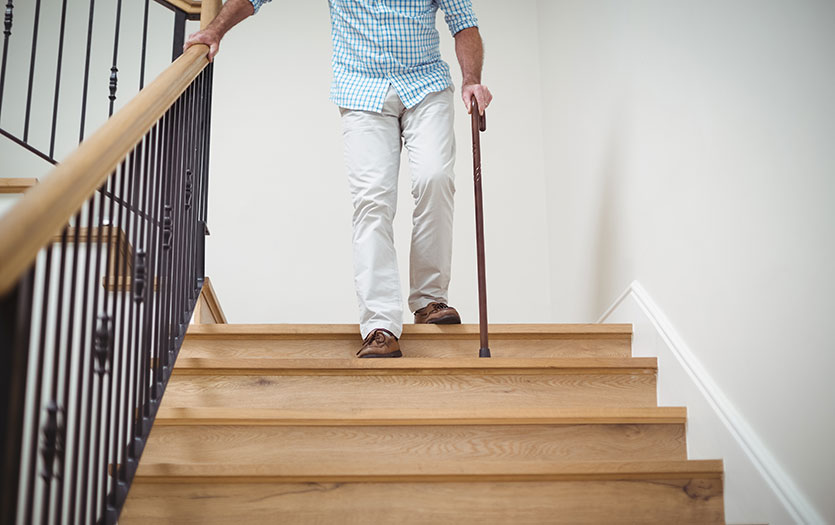
This post was written by Ryan Singerman, DO, PPG – Weight Management & Bariatric Surgery.
We’ve all experienced the pandemic in different ways and had to develop coping methods to deal with the intense stress of it all. Whether your anxiety stemmed from increased responsibility at work, a job loss, caring for loved ones, dealing with sickness or simply being bored and stuck at home due to a lockdown and/or quarantine, the past 16 months haven’t been great for our collective mental and emotional health.
A rise in numbers
It may come as no surprise that nationally the consumption of alcohol has increased quite significantly. National studies have reported an overall 41% increase in alcohol drinking and a staggering 262% increase in online sales of alcohol. Alongside the rise in baseline drinking, there was also a self-reported surge in dangerous binge drinking.
The effects on the liver
With our national pastime seeming to transition from baseball to beer (or wine and mixed drinks—no judgment here), more and more questions are arising about the dangers of alcohol and its effects on the liver. Most people understand that the liver has many jobs within the body, one of which is to clear chemical compounds like alcohol from our bloodstream.
When our alcohol consumption exceeds our liver’s ability to eliminate it from our bloodstream, we start to feel the effects of that intoxication. Generally, it begins as a “buzz” but can progress to a total impairment or being “drunk,” to a severe level of blacking out, and in extreme cases, dying from alcohol poisoning.
The long-term outlook
Prolonged alcohol drinking puts the liver at risk of being impaired and failing to perform its baseline functions. This means that other chemicals and normal body waste are no longer properly removed and often result in a cascade of diseases and organ dysfunction throughout the body. We call this alcoholic liver disease.
There isn’t a great way to predict who is at risk for alcoholic liver disease, but most people affected by the condition have a history of heavy drinking over 15-20 years. Let’s break this down even further. For instance, 14 grams of alcohol is typical for a “standard” drink, which amounts to a 12-ounce beer or about 5 ounces of wine. However, liquors or distilled alcohols are much stronger by volume, which means you can reach an equivalent amount of alcohol in only a 1.5-ounce pour.
.jpg)
With these measurements in mind, some research suggests that an individual engaging in heavy consumption of up to 100 grams of alcohol per day (7 beers/day) for 15-20 years would develop alcoholic liver disease. With that said, other data seems to suggest it only takes 40 grams for men (3 beers/day) or 20 grams for women (1.5 beers/day) during a similar time frame to place an individual at risk for developing the disease.
Signs, symptoms and cessation
It can be challenging to detect alcoholic liver disease in early forms because the symptoms can be vague. However, as the disease progresses, the symptoms typically become more pronounced. The signs of the condition may include:
- Fevers
- Yellowing of the skin or eyes
- Easy bruising
- Weight loss
- Fluid accumulation in the abdomen
- Pain the right upper quadrant of the abdomen
- Pain or tenderness with pressure over the liver
- Malnutrition
- Brain fog or difficulty thinking
Additionally, a blood test can show high levels of aspartate aminotransferase (AST) and alanine aminotransferase (ALT), but an ultrasound may also be employed to evaluate the health of a person’s liver.
Once an individual develops alcoholic liver disease, it could be slowed or entirely cured by abstaining from further alcoholic consumption and reducing medications or other substances that work through the liver. However, this may be a complex process depending on the level of alcohol dependence the patient is experiencing.
Reach out for help
If you or someone you know is at risk for alcoholic liver disease, please reach out to licensed and trained health care providers for assistance. This is a challenging disease to manage and typically requires multiple levels of intervention, but with hope and treatment, you can overcome it.
For more, please call the Parkview Behavioral Health Helpline at 260-373-7500 or 800-284-8439, anytime 24 hours a day, to speak with a healthcare professional about how and where to find support.



